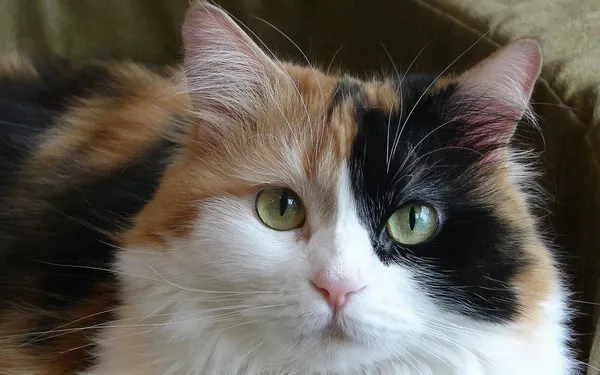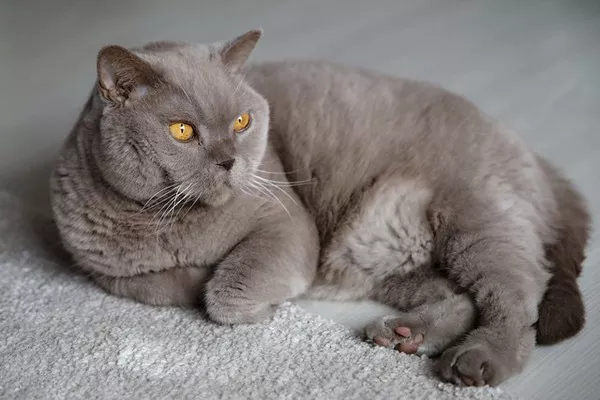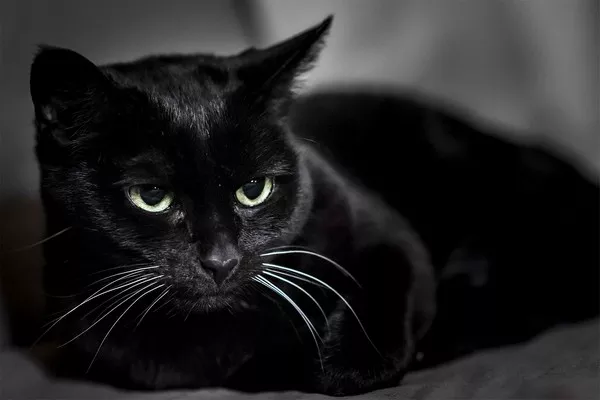Calico cats are beloved for their striking tricolor coats and unique personalities. One of the intriguing characteristics often associated with calico cats is their vocal nature. These felines have a reputation for being chatty and expressive, but what causes them to be so vocal? In this article, we will delve into the world of calico cats, exploring the factors that contribute to their talkative tendencies and shedding light on the reasons behind their vocal behavior.
The Beauty of Calico Cats
Before we delve into the vocal tendencies of calico cats, let’s take a moment to appreciate their distinctive appearance. Calico cats are known for their tri-colored coat patterns, which typically consist of patches of white, black, and orange or red fur. These patches can vary in size and distribution, creating unique and eye-catching patterns on each cat.
Calico cats are not a specific breed but rather a coat pattern found in various breeds, including the American Shorthair, Persian, and Japanese Bobtail, among others. Their distinct appearance makes them easily recognizable and often sought after as pets.
The Mystery of Vocal Calico Cats
Now that we have established the beauty of calico cats let’s delve into the reasons behind their vocal nature. While not all calico cats are chatty, many exhibit a propensity for vocalization. Several factors contribute to their talkative behavior:
1. Individual Personality
Just like humans, cats have individual personalities, and these can vary widely from one cat to another, regardless of their coat color or pattern. Some calico cats are naturally more extroverted and inclined to vocalize, while others are quieter and reserved.
2. Breed Genetics
Although the calico coat pattern is not linked to a specific breed, the breed of a cat can influence its behavior, including vocal tendencies. Certain breeds are known for being more vocal than others. For example, Siamese cats are famously chatty due to their genetic predisposition to vocalize. If a calico cat has Siamese ancestry in its genetic makeup, it may inherit some of these vocal traits.
3. Communication
Cats use vocalization as a means of communication. They may meow, chirp, purr, or yowl to convey various messages to their owners and other cats. Calico cats, like all cats, may be vocal to express their needs, emotions, or desires.
4. Attention-Seeking
Calico cats, particularly those with extroverted personalities, may use vocalization as a way to seek attention. They might meow or chirp to engage with their owners, express their desire for playtime, or simply enjoy a conversation.
5. Environmental Factors
The environment in which a calico cat lives can influence its vocal behavior. If a cat feels stressed, anxious, or threatened, it may become more vocal as a way to communicate its discomfort or seek reassurance. Changes in the household, such as the introduction of a new pet or a move to a new home, can also trigger increased vocalization.
6. Health Issues
Excessive vocalization in cats can sometimes indicate underlying health issues. If a previously quiet calico cat suddenly becomes very vocal, it’s essential to consult a veterinarian to rule out any potential medical concerns.
7. Reproductive Behavior
Female calico cats, in particular, may become more vocal during their heat cycles as a way to attract male cats. If you have an unspayed female calico cat, you may notice increased vocalization when she is in heat.
Tips for Managing Vocal Calico Cats
While vocalization is a natural behavior in cats, excessive or disruptive meowing can be challenging for some cat owners to manage. Here are some tips for handling vocal calico cats:
1. Consult a Veterinarian
If your calico cat’s vocalization is sudden and unusual or if it is accompanied by other concerning behaviors, consult a veterinarian to rule out any underlying health issues.
2. Provide Mental and Physical Stimulation
Many vocal cats benefit from mental and physical stimulation. Engage your calico cat in interactive play with toys, laser pointers, or puzzle feeders to keep their minds and bodies active.
3. Establish a Routine
Cats thrive on routine. Set regular feeding times, play sessions, and quiet times to create a predictable schedule for your calico cat. Predictability can help reduce anxiety and vocalization.
4. Spay or Neuter
If your calico cat is not spayed or neutered and you do not intend to breed, consider having the procedure done. Spaying and neutering can reduce excessive vocalization associated with reproductive behaviors.
5. Provide Attention and Affection
Calico cats often crave attention and affection. Spend quality time with your cat through petting, cuddling, and interactive play to fulfill their emotional needs.
6. Invest in Enrichment
Provide environmental enrichment for your cat, such as scratching posts, climbing structures, and window perches. These additions to your home can keep your calico cat engaged and content.
7. Use Positive Reinforcement
Reward your calico cat for quiet behavior using treats and praise. Reinforce calm and quiet moments to encourage less vocalization.
8. Consider Professional Advice
If your calico cat’s vocalization persists despite your efforts, consider consulting with a professional animal behaviorist or a veterinarian with expertise in feline behavior. They can provide tailored guidance for managing your cat’s vocal tendencies.
Conclusion
Calico cats, with their distinctive tricolor coats, often exhibit vocal behavior. While not all calico cats are talkative, those that are may use vocalization as a means of communication, attention-seeking, or as a result of their individual personalities. Genetics, breed influences, environmental factors, and health issues can all play a role in a calico cat’s vocal tendencies.
Understanding the underlying reasons for your calico cat’s vocalization can help you manage and address their needs effectively. By providing mental and physical stimulation, routine, affection, and, if necessary, consulting with professionals, you can create a harmonious and happy environment for your beloved vocal calico companion. Embracing their unique personalities and vocalizations can be a rewarding aspect of sharing your life with these charming felines.


























